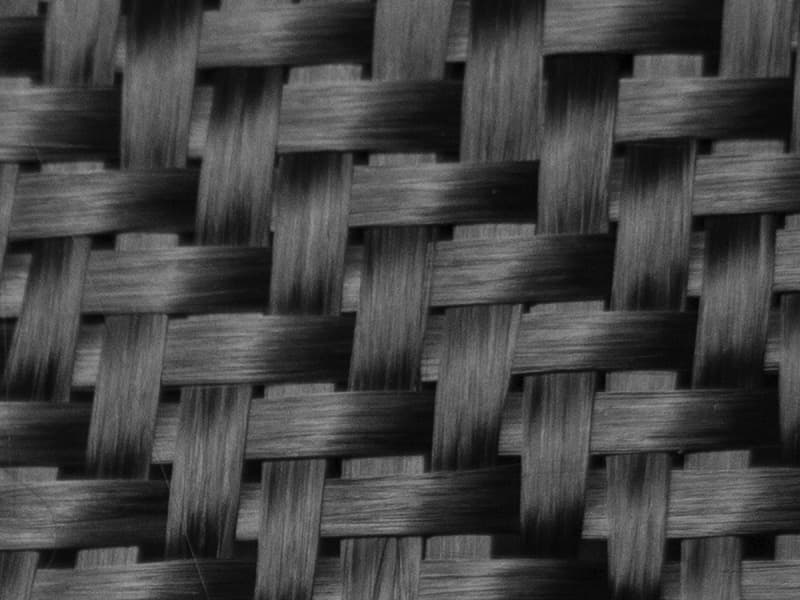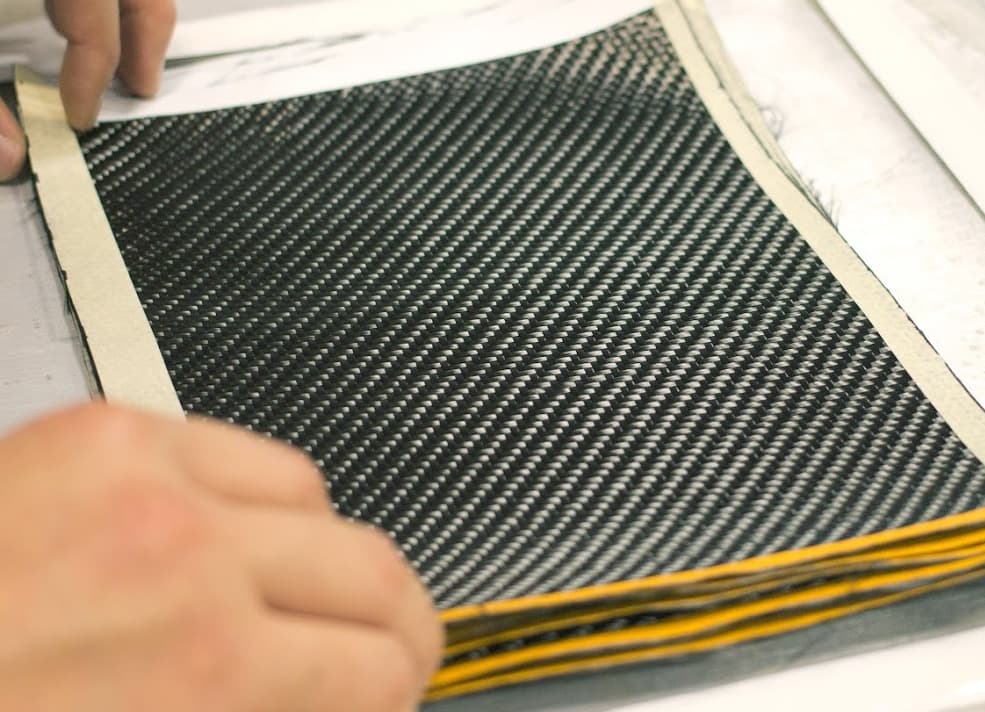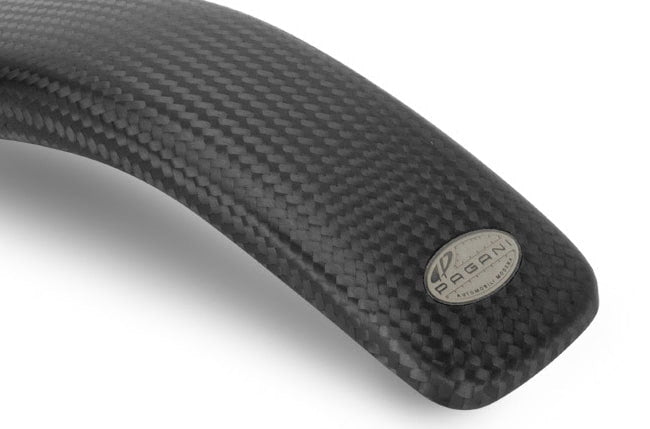Hey, you!
I know you came for our awesome blog post, but we have to let you in on something. Our main business is a shop that sells a ton of unique and cool lifestyle and personal accessories made with REAL carbon fiber.
If you love carbon fiber as much as we do, go explore!
Mazda, known for its focus on driving dynamics and innovative engineering, is venturing into the world of carbon fiber to revolutionize its electric vehicle (EV) lineup. This lightweight, high-strength material holds the potential to transform the efficiency, performance, and overall driving experience of Mazda's future EVs.
In this blog, we'll deep dive into Mazda's foray into carbon fiber technology, its potential impact on the EV landscape, and what it means for the future of sustainable mobility.
Mazda's Carbon Fiber Ambitions: A Glimpse into the Future

Mazda, a brand synonymous with driving pleasure and innovative engineering, is signaling a potential evolution in its approach to electric vehicles (EVs). Recent patent filings hint at the automaker's exploration of carbon fiber for EV chassis components, a move that could redefine the performance and efficiency standards of their future electric lineup.
Mazda's research, as revealed in patent filings, centers on the strategic integration of carbon fiber into key structural areas of the EV chassis. These areas include roof pillars, front crash structures, rocker panels, and frame rails – locations where carbon fiber's strength-to-weight ratio can have the most significant impact on overall vehicle performance.
Possible Collaboration with Nippon Steel Chemical & Material Co.
While not explicitly confirmed, Mazda's patent filings were assigned to Nippon Steel Chemical & Material Co., Ltd., hinting at a potential collaboration in developing carbon fiber structures. This partnership could combine Mazda's automotive expertise with Nippon Steel's knowledge of advanced materials, potentially accelerating the development and implementation of carbon fiber technologies in Mazda's EVs.
While Mazda has yet to confirm which specific models will feature carbon fiber, these patent filings open up a realm of possibilities. They suggest that Mazda is actively investing in research and development to explore the full potential of carbon fiber in shaping the future of their electric vehicle lineup.
Benefits of Carbon Fiber in Electric Vehicles

Carbon fiber isn't just a buzzword in the automotive world – it's a game-changing material with the potential to redefine the way electric vehicles (EVs) are designed and perform. This could lead to a significant leap forward in their EV offerings, delivering a range of benefits that cater to both performance enthusiasts and eco-conscious drivers.
Weight Reduction for Extended Range
One of the most compelling advantages of carbon fiber is its exceptional strength-to-weight ratio. Compared to traditional materials like steel or aluminum, carbon fiber is remarkably lighter while maintaining or even exceeding structural integrity. By incorporating carbon fiber components into their EVs, Mazda could significantly reduce overall vehicle weight.
This weight reduction translates directly into several potential key advantages for EVs:
- Increased Range: A lighter vehicle requires less energy to propel, leading to a significant increase in driving range on a single charge. This is particularly crucial for EVs, as range anxiety remains a barrier for many potential buyers.
- Improved Energy Efficiency: Lighter weight translates to improved energy efficiency, meaning Mazda EVs could potentially go farther on the same amount of battery power.
- Enhanced Performance: The reduced weight can also lead to better acceleration and overall performance, making for a more engaging and dynamic driving experience.
Enhanced Structural Integrity and Safety
Carbon fiber also plays a major role in safety. By strategically reinforcing critical areas of the EV chassis with carbon fiber, Mazda might be able to create a vehicle that is both lighter and stronger.
This enhanced structural integrity might result in:
- Improved Crashworthiness: Carbon fiber components can better absorb and dissipate energy in the event of a collision, potentially leading to a safer vehicle for occupants.
- Reduced Wear and Tear: The high durability of carbon fiber can also translate to less wear and tear on the vehicle over time, ensuring its longevity.
Potential for Improved Performance and Driving Dynamics
Beyond weight reduction and safety, carbon fiber has the potential to revolutionize the driving dynamics of Mazda EVs.
- Agile Handling: The lighter weight and increased rigidity of a carbon fiber-reinforced chassis can make the vehicle more nimble and responsive, enhancing the overall driving experience.
- Reduced Unsprung Mass: If Mazda incorporates carbon fiber into components like wheels, as suggested by some sources, this could further reduce unsprung mass, leading to even better handling and responsiveness.
While all these are very exciting, let’s keep in mind that Mazda's exact plans for carbon fiber implementation remain under wraps. However, their active research and exploration in this area signal a clear intent to push the boundaries of EV technology and create vehicles that are not only more sustainable but also more exhilarating to drive.
The automotive world is in the midst of a carbon fiber revolution. Mazda's exploration of this advanced material isn't happening in isolation. From luxury brands like Ferrari to high-volume manufacturers, carmakers across the spectrum are recognizing the transformative potential of carbon fiber to create lighter, more efficient, and better-performing vehicles.
As research and development continue to push the boundaries of carbon fiber technology, we can expect to see even more innovative applications in the future.
Whether it's enhancing the driving experience with lightweight performance or contributing to a more sustainable automotive landscape, carbon fiber is undoubtedly playing a big role in shaping the next generation of vehicles.
If you have questions about carbon fiber applications or any details discussed here, connect with us and learn more.
Are you interested in other CARBON FIBER products? Then, visit our store and take a look at our featured collections!
Personal Accessories, Clothing Accessories, Jewelry, Home & Office, Tech, Travel, Gifts, and much more!
Read more CARBON FIBER BLOGS .
The Carbon Fiber Gear Blog is a lifestyle blog for carbon fiber enthusiasts where we talk about carbon fiber gear, fabrication, and news. In addition, we round up the most fantastic carbon fiber products, the best gift ideas, and the uses of carbon fiber.










